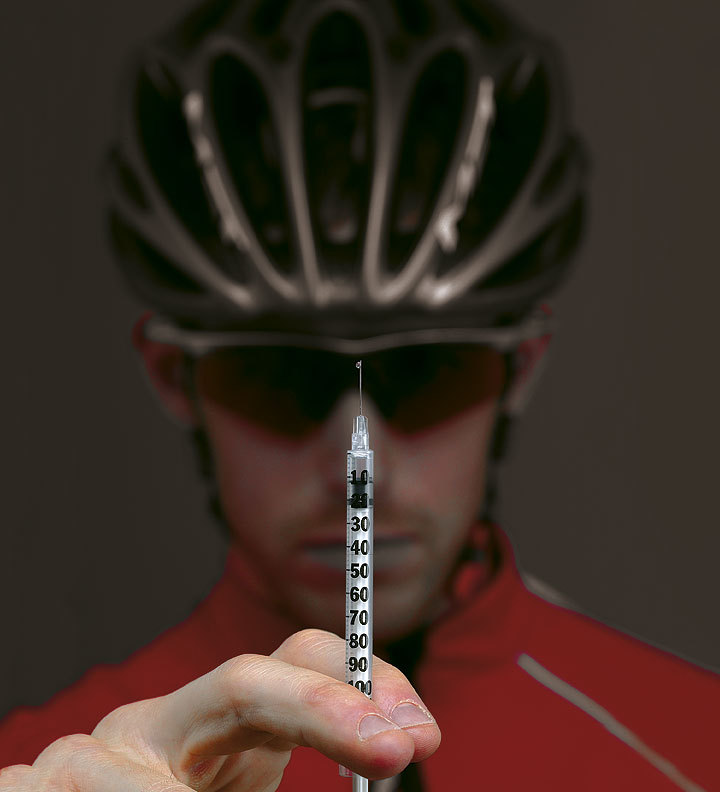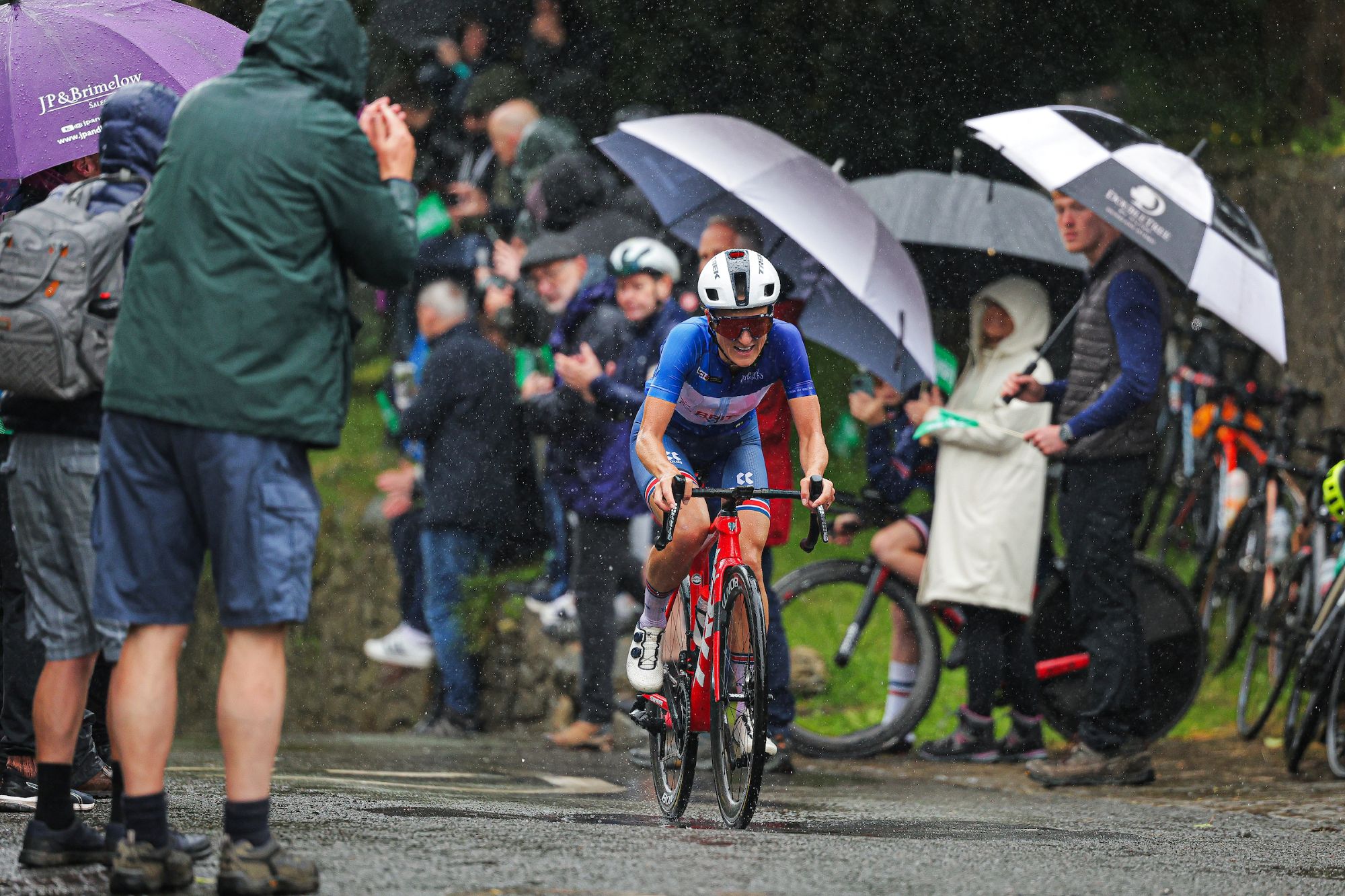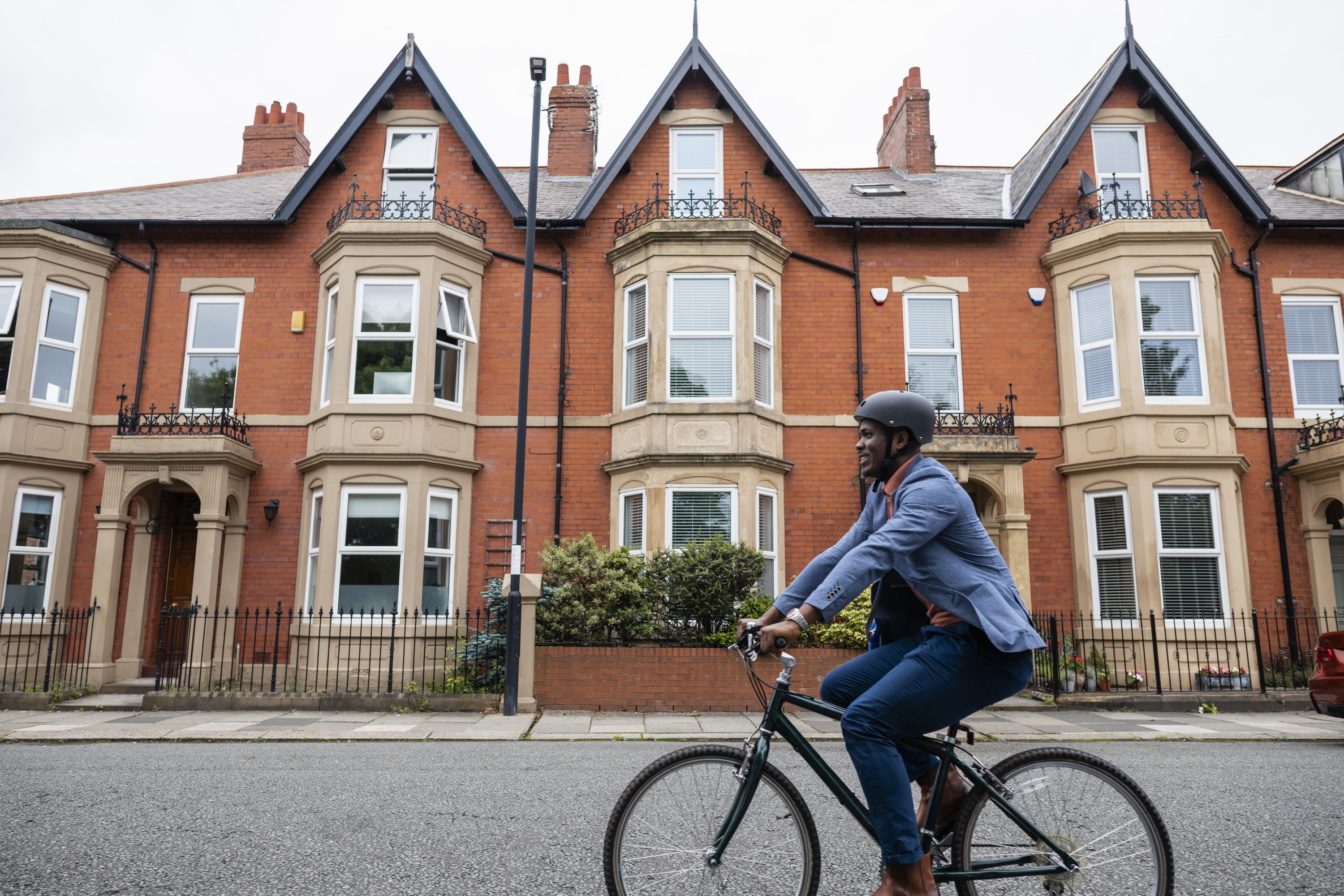Anne Gripper interview

The Union Cycliste International (UCI) has requested that anti-doping cases be opened against five riders after studying the data from their biological passports.
The best known of the five riders is former world champion Igor Astarloa (Amica Chips), who won the rainbow jersey in 2003 but was fired by the Milram team last year after registering irregular blood values. The others are 33-year-old Italian Pietro Caucchioli, who joined Lampre from Crédit Agricole in the winter, Fuji-Servetto’s Spanish rider Riccardo Serrano, Italian Francesco De Bonis, who rode for Gerolsteiner last year before joining Serramenti PVC Diquigiovanni, and Ruben Lobato Elvira, who is currently without a team having failed to find a contract after the Scott-American Beef (formerly Saunier Duval) team folded.
Cycling Weekly asked the UCI’s head of anti-doping services manager Anne Gripper the real questions fans of the sport want answered about the biological passport and this latest development.
CW: Can you explain how these five riders were ‘caught’? What is the protocol for requesting action against a rider?
AG: A summary of the process goes like this: All profiles which exceed a 99 per cent limit of specificity and which have been updated with a new test are sent to a panel of three scientific experts each week. The experts provide their individual opinion. If they think the profile reflects doping, it is then reviewed by all experts. They then discount all other possible causes for such an unusual result or profile. For example, they eliminate pathological, physiological or other causes. We then ask three experts to sign a statement indicating their belief that the profile shows convincing evidence that the rider has used the prohibited method of the enhancement of oxygen transfer (M1 on the WADA Prohibited List). We then check the file for any legal issues which may arise, and make a final decision to open disciplinary proceedings for a potential anti-doping rule violation.
CW: Has the biological passport system been approved by the World Anti-Doping Agency?
AG: The biological passport is based on scientific research conducted under the WADA research programme. The statistical model was developed by the WADA lab in Lausanne. The protocols for sample collection, transport and analysis used by the UCI were developed by WADA. The UCI is a well informed and active contributor to the WADA working group on the athlete biological passport. Philippe Verbiest and I attended a meeting at WADA headquarters in Montreal in June to discuss and further develop the WADA guidelines and technical documents for the biological passport.
Get The Leadout Newsletter
The latest race content, interviews, features, reviews and expert buying guides, direct to your inbox!
CW: Do the anomalies related to specific tests or periods of time? A couple of the teams have been quick to suggest that the problem tests were taken before the riders joined them. Diquigiovanni, for example, said the suspect test on De Bonis was from April 2008. Lampre said the case against Caucchioli stemmed from last season, at the Tour of Poland, when he rode for another team. Is this the case?
AG: Under our Anti-Doping Rules and the World Anti-Doping Code, we are not permitted to discuss specific elements of ADRV cases while results management proceedings are underway.
CW: Did the passport show abnormal results for the likes of Ricco, Sella, Schumacher, Kohl, Rebellin and others who have tested positive since the system has been running?
AG: Again we cannot discuss specific riders or cases, but the profiles generated on riders who have received sanctions are often in alignment with results from traditional anti-doping tests. There is always the possibility that a rider makes a decision to dope specifically and only for a special event such as the Tour de France or Olympic Games.
CW: Given the number of high-profile riders who have failed anti-doping tests in the past year (Ricco, Sella, Schumacher, Kohl, Rebellin) do you accept some surprise and scepticism that the first five suspected cases detected by the passport system are riders who could be classed as either past their best, or low-ranking riders.
AG: We can’t manufacture data. We work with the actual blood results. The profiles are reviewed on a completely anonymous basis by the scientific experts. The profiles are sent to the experts from the WADA-funded Athlete Passport Management Unit (APMU) located at the Lausanne lab. The UCI does not decide which profiles are reviewed by the experts. We do not have the opportunity to withhold any profiles.
CW: Do you accept the criticism that this looks like the UCI is trying to convince the world that the big stars are all playing by the rules and that it’s only the has-beens and the losers who dope? How do you explain it?
AG: We are not trying to convince the world of anything. We are simply acting on the results of a high volume testing program, conducted across all 840 riders in the programme.
CW: Are you concerned that statistically speaking it is strange given the number of positive tests in the past year that only five riders in 840 have suspect blood values? Do you fear it means riders are evading the system or does it hint at a clean up?
AG: No. This is a much more complex (but ultimately better) way of detecting riders who are doping. We are in this for the long haul. It is not a quick fix solution. Even though it is much more difficult and has taken us longer to come to come to a final decision on the first cases, it will be worth the effort in the future. In 18 months we have learnt a lot. The experts have increased in their confidence. There are other profiles in various stages of the review process. Final decisions will be made when the evidence is strong enough to withstand the intense scientific and legal scrutiny to which they will be subjected. Riders are less able to disguise doping activities using the profiling approach. As for a clean up – yes there has definitely been a strong deterrence effect. The initiatives of teams to create a doping free culture within their teams has also contributed a lot to the relatively low prevalence of doping cases.
CW: The lawyer for the Italian rider’s association has suggested that catching only five ‘small’ riders means the cost and effort of the passport is not worth it. What is your reaction to that?
AG: As said before, we are in this for the long haul. The investment we have made during the implementation phase will pay off for the future. Any fundamental paradigm shift such as this requires a lot of patience. The frustrations of “not moving quickly enough” as each element of the implementation gets sorted out and improved are high. The system is working in “real time” now, so when profiles become suspicious, they will be reviewed quickly by the experts. The other great benefit which the investment has bought us, is a strong deterrence effect. Riders have nowhere to hide now – the whereabouts system is working well, we are doing high quality unannounced and unpredictable testing at their homes and in obscure training venues. The overall blood values are significantly lower than in previous years.
CW: With more cases said to be ‘likely’, is it a case that the UCI has opened proceedings against five riders against whom it feels there is a cast-iron case, so that the biological passport will not fall at the first legal challenge? If that is the case, why is the UCI reluctant to say so?
AG: Yes. We have opened the five cases which show the most convincing evidence of doping. We make no secret of that. We have not “chosen” these five. They were the five cases where we had enough evidence on which to proceed further. When we have other profiles which the experts are convinced indicate doping and our legal review reveals no major areas of challenge, we will open further cases.
CW: Is the UCI operating a ‘red flag’ system, warning riders about their blood values and telling them to stop racing or keep a low profile while they get their blood in order rather than face sanctions?
AG: No. We have never done this. We do not intend to do it in the future. We may consider implementing the 'no start' rule based on individual limits, once the system is a little more established.
CW: Why, when the biological passport system should be heralded as a flagship effort in the anti-doping fight, did the UCI see fit to speak only to three news agencies and one website, rather than telling the world? Shouldn’t the governing body of a global sport aspire to greater levels of transparency and accountability than this?
AG: This was related mostly to practical considerations. It is only possible to have a certain number of telephone lines during a conference call. We chose media representatives who provided global and widespread coverage.
CW: Why is there so little information about how the passport actually works? Is this a deliberate stance to make it harder for those seeking to cheat it?
AG: No, not at all. The documents on which the passport is based and which articulate how it actually works, are all in the public domain. They have been published in reputable scientific journals. We have and will continue to send them to anyone who asks. The UCI has tried to simplify the science by creating a brochure which describes how the passport works. It is available from our website – www.uci.ch
note: You can download the brochure from: http://tinyurl.com/lxtaff
CW: What will be the process for announcing future biological passport irregularities?
AG: The same as we used for these first five cases. The rider will be notified first, then the team, national federation and WADA. We will make a public statement after all these parties have been informed. We will not be announcing “irregularities”. We will announce the names of riders against whom disciplinary proceedings will be commenced for a potential anti-doping rule violation of Article 21.2 of the UCI Anti-Doping Rules.
CW: You said that ‘if the timing is right, we’ll be announcing the names of any other riders’. What does that mean?
AG: When we have a signed statement from the panel of experts and have reviewed the case from a legal perspective.
CW: Can you update us on the number of tests that have been done this year.
AG:Yes – 2842.
CW: Can the biological passport detect blood transfusions?
AG: Yes.

Thank you for reading 20 articles this month* Join now for unlimited access
Enjoy your first month for just £1 / $1 / €1
*Read 5 free articles per month without a subscription

Join now for unlimited access
Try first month for just £1 / $1 / €1
Founded in 1891, Cycling Weekly and its team of expert journalists brings cyclists in-depth reviews, extensive coverage of both professional and domestic racing, as well as fitness advice and 'brew a cuppa and put your feet up' features. Cycling Weekly serves its audience across a range of platforms, from good old-fashioned print to online journalism, and video.
-
 FDJ-Suez, SD Worx-Protime, Lidl-Trek confirmed for Tour of Britain Women as strong list of teams announced
FDJ-Suez, SD Worx-Protime, Lidl-Trek confirmed for Tour of Britain Women as strong list of teams announced18 teams set to take part in four-day WorldTour stage race
By Tom Thewlis
-
 Cyclists could face life sentences for killing pedestrians if new law passed in England and Wales
Cyclists could face life sentences for killing pedestrians if new law passed in England and WalesReckless cycling currently carries a maximum two-year jail term
By Tom Thewlis